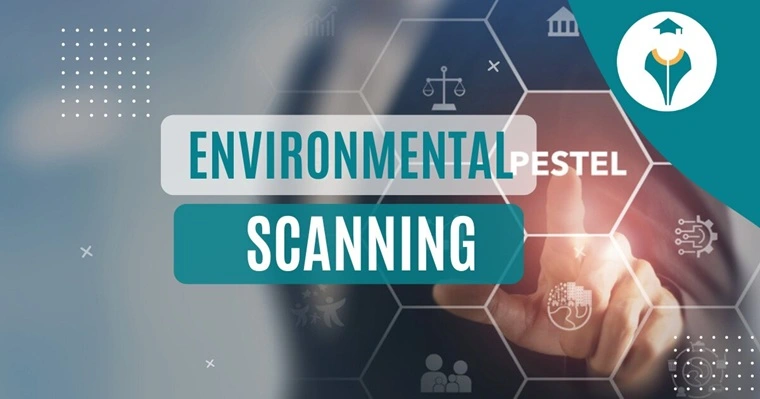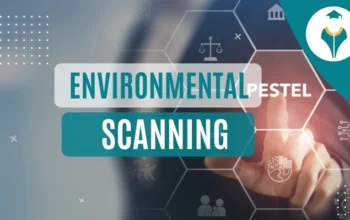
Contents
Introduction about Business Environment in Singapore
Quite evidently, Singapore is taking big strides towards aligning its business environment and transportation system with the United Nations (UN) Sustainable Development Goals (UNSDG). The attempt for greening the economy has been widely demonstrated by the government of the country and the populace’s willingness to take part in the sustainability process is also noteworthy. But a mere narrative or commentary on Singapore’s quest for sustainability is not enough, and in this respect, evidence needs to be provided to determine how Singapore, and especially the transportation system of Singapore is gearing toward change to remain compliant with the BMW challenge that envisions a greener and more sustainable transportation environment almost globally by 2030.
For the purpose of determining how Singapore is equipping itself in this respect, some specific analyses of the transportation system and the business environment of Singapore, from the perspective of sustainability will be performed and depicted in the present report. Focus will be made on a strength, weaknesses, opportunities, threats (SWOT) analysis (in which the opportunities and threats will be specifically emphasised) and for determining how effectively the transportation system is aligning with the Singapore Green Plan, a VUCA and PESTLE analysis will also be conducted. In a nutshell, the primary objective of the report is to investigate into how progressive Singapore is becoming in the context of emerging as a sustainable country with components like sustainable transportation and related businesses.
Opportunities and Threats
In the context of aligning with the Green Plan (for a greener economy and society), Singapore has myriads of opportunities to make its transportation system, which lies at the heart of urban mobility that shapes people and influences them to shape the urban areas, more sustainable and greener. In this respect, some specific opportunities have been identified. It has to be noted that the country’s government and its transportation department has the opportunity to restrict private motorized mobility, either by introducing more sustainable and energy efficient, green transportation means, or by disallowing further surge in private motor vehicle registrations (Diao, 2019).
What has been observed that the trend is to promote greener public transportation to combat the menace of carbon emission and to adhere to UNSDGs in specific (Diao, 2019). Also, the country has the opportunity of integrated land use and transport planning under effective government policies (Diao, 2019). But an imminent threat to sustainability of transportation in Singapore is the deteriorating car dealership and distribution across the country due to stringent vehicular ownership restrictions (Lee and Palliyani, 2017). The government of Singapore eyes at getting more people out of their cars and onto greener public transportations, but this is going to affect the automobile industry in the country, making the proposition a threat to the Singaporean economy (Shane, 2017).
PESTLE Analysis
From the political perspectives, there are ample opportunities for Singapore to comply with the UNSDGs through to 2030. The government of Singapore has already embarked on giving practical shape to its Green Plan 2030, and in this respect, for supporting Singapore’s shift to greener mobility, the Land Transport Authority (LTA) has implemented the policy of partnering with 21 organisations for training and certifying automotive technicians in the safety-related aspects of electric vehicle (EV) maintenance and servicing (LTA, 2022). Moreover, the government’s policy of funding more in greener transportation also can be considered as an incentive for making Singapore compliant with the UNSDGs by 2030 (United Nations, n.d.).
From the economic perspective, it has been observed that already the economic condition of Singapore is conducive to sustainable growth and development of the transportation system of the country. In this context, it has to be noted that already since 2018, taking into account the individual elements including fares, crowding, and travelling times, Singapore and continued to demonstrate the most efficient transportation network in the world, contributing largely to the economic cost of transport for an individual commuter to be around 8.9 percent of GDP (Turner-Jones, 2018).
Moreover, a strong economy has made it less difficult for the country to concentrate more on investing in the economic development of the transportation systems through investing directly in infrastructure development and public transportation systems, pledging to spend an estimated $30 billion by the end of the present decade, making it possible for the economy of the country to be supportive of the sustainability goals of Singapore (Turner-Jones, 2018).
Besides, it has been observed that the socio-cultural trend in Singapore is to purchase and use greener products and avail greener modes of transportation. Moreover, the willingness of the millennial Singaporeans to refrain from owing private vehicles and using environment-friendly vehicles like bicycles are also factors that are conducive to the sustainable growth of the country (Abdullah, 2020).
Moreover, from the technological perspective, the long-term vision of the country to achieve net-zero emissions has been propelled and supported by explicit EV adoption in the public transportation system too. This technological innovation in the EV sector will help boost Singaporean sustainability efforts (Ramamurthy, 2021; HT Auto Desk, 2022).
Stringent legislation related to preventing additional vehicular ownership is a legal aspect that is going to help Singapore in accomplishing its Green Plan 2030 sustainable goals, especially in the transportation segment (NCCS, 2022).
Also, from the environmental perspective, it has to be noted the Paris Climate Agreement has continually compelled the government authorities in Singapore to impose stringent carbon emission alleviation mandates that has allowed the country to steer its way toward meeting and accomplishing the UNSDGs.
VUCA Analysis
A volatility, uncertainty, complexity, ambiguity (VUCA) analysis is ascertain the key characteristics of the external environment of the transportation system of Singapore.
Volatile
Being interconnected with sustainable economies like Australia, Singapore is well place to overcome the challenges of volatility in the context of sustainability by partnering with such countries’ business and academic institutions for accelerating technology innovations that support sustainable transportation.
Uncertainty
The economy of Singapore is a stable economy with foreseen and predicted certainty, making it possible for the country to invest more in sustainable growth and development of the entire transportation system of Singapore.
Complexity
The public transportation system of Singapore by the virtue of operating nationally and internally does not have to face the complexities of operating in larger geographical areas that can pose the challenges of cultural disparities and mismanagement, hindering sustainability efforts.
Ambiguous
By investing more in the Green Plan and in every aspect of sustainability, the government of Singapore has demonstrated the fact that there is no ambiguity on its part in terms of understanding the importance of meeting the UNSDGs requirements (Sustainable Development Goals, 2018). And hence, the leadership is in the right position to propel a more sustainable and greener Singapore.
Conclusion
It has been found that by the dint of its effective government policies, social trend, and several other external environmental factors, Singapore is all set to witness a surge in its sustainability efforts both in the short and long run.
Get assistance in business environment analysis from the top rated business management experts of assignmenthelpSingapore.sg in Singapore.


 Requires Analysis of Transporation Systems
Requires Analysis of Transporation Systems